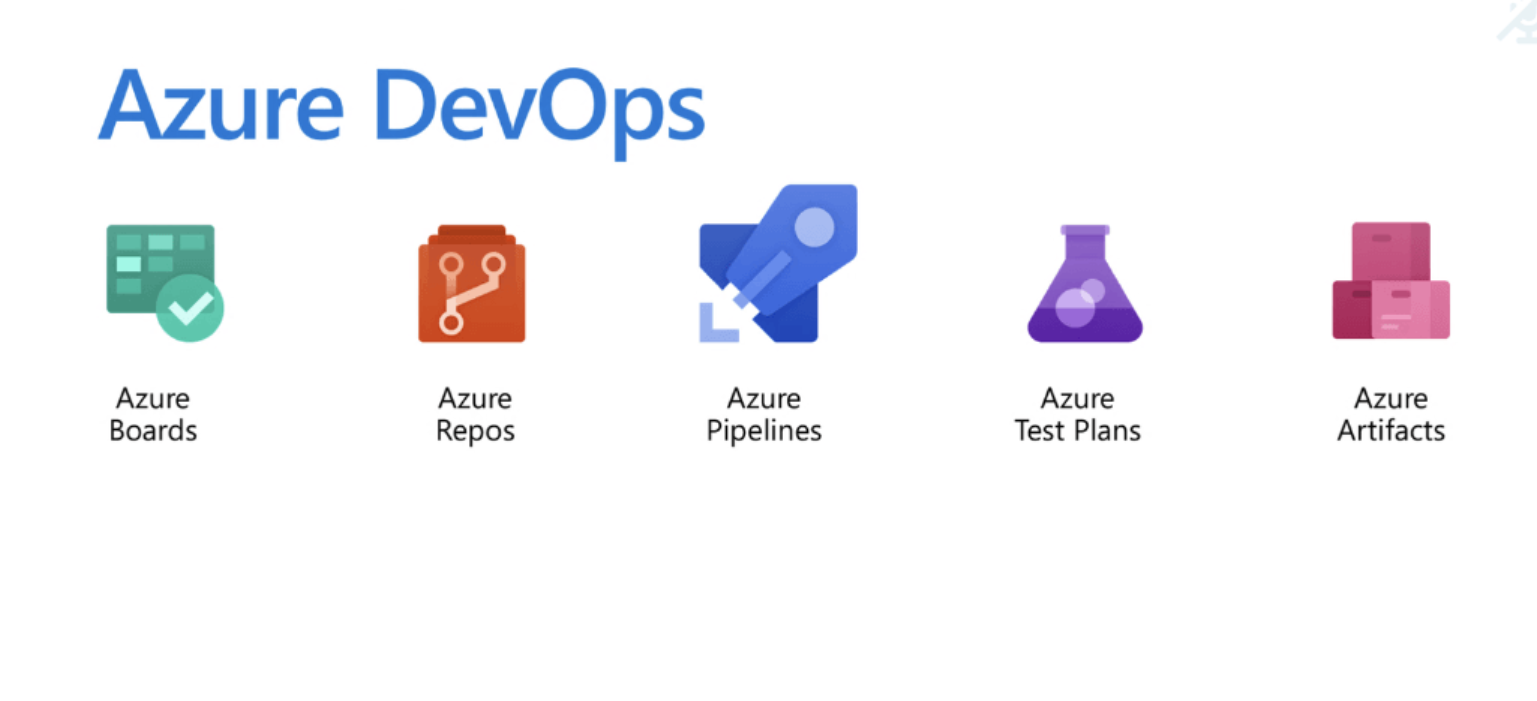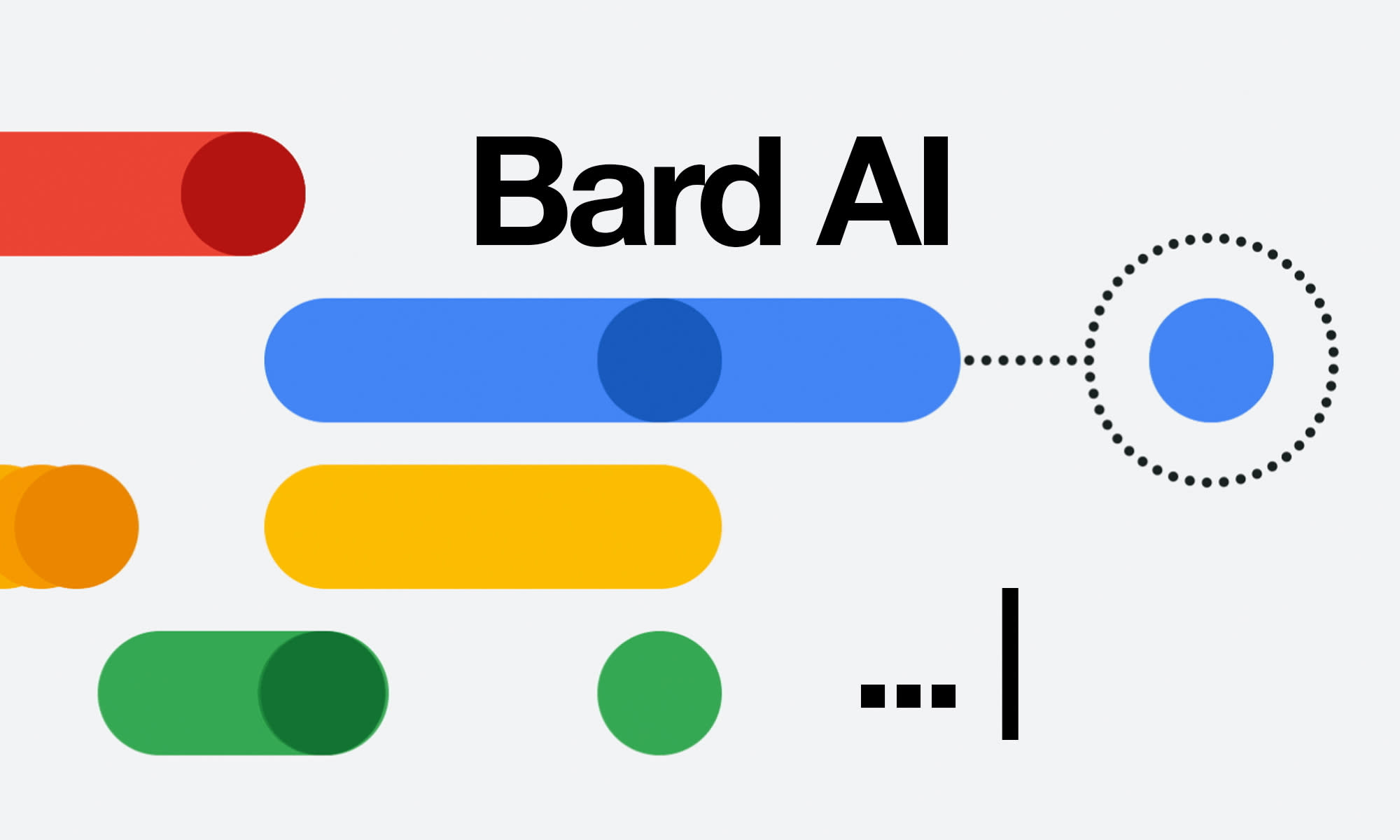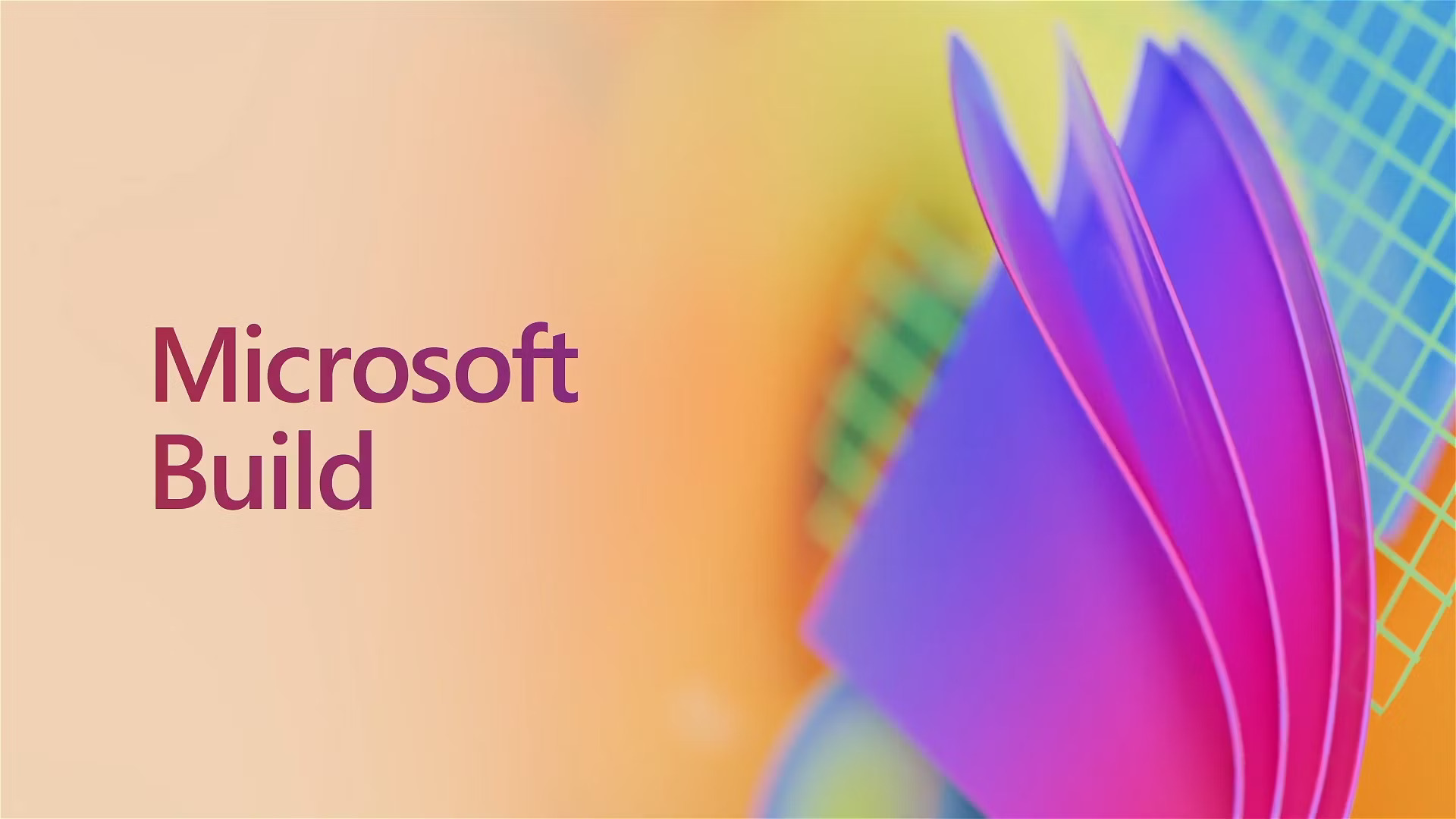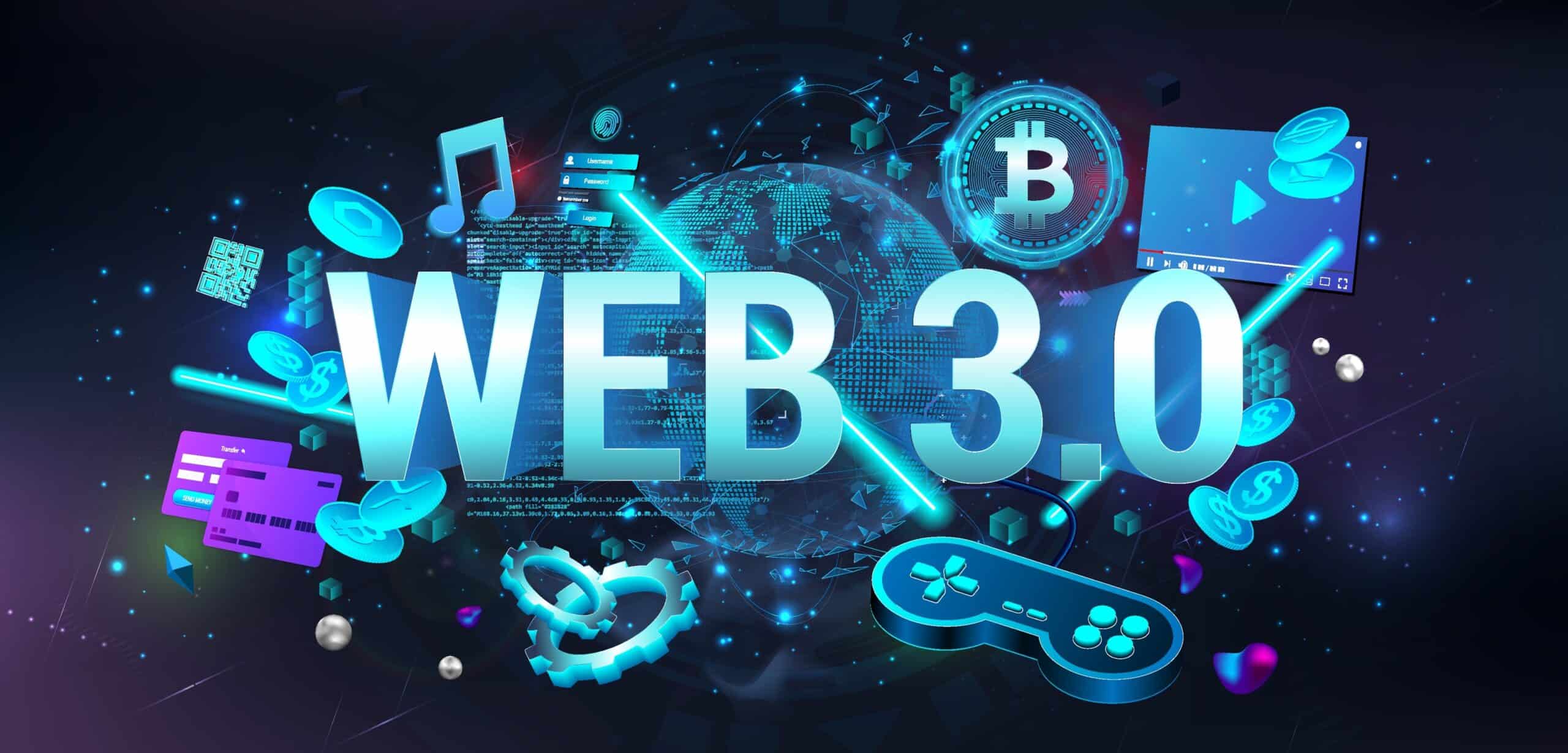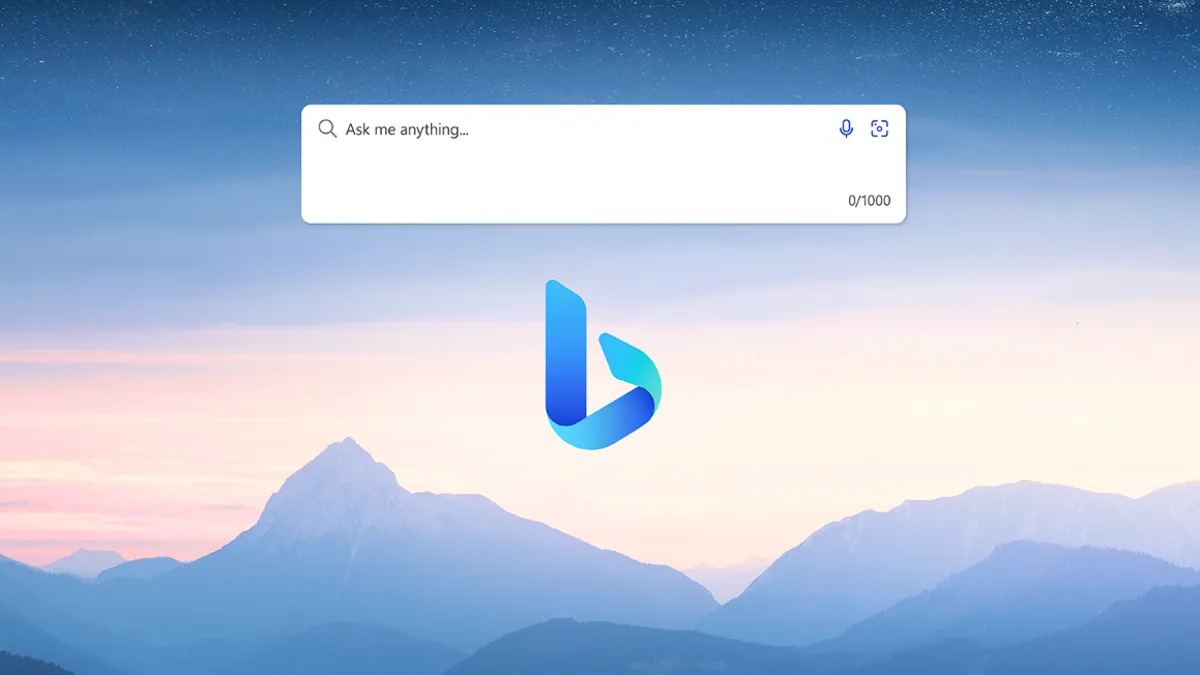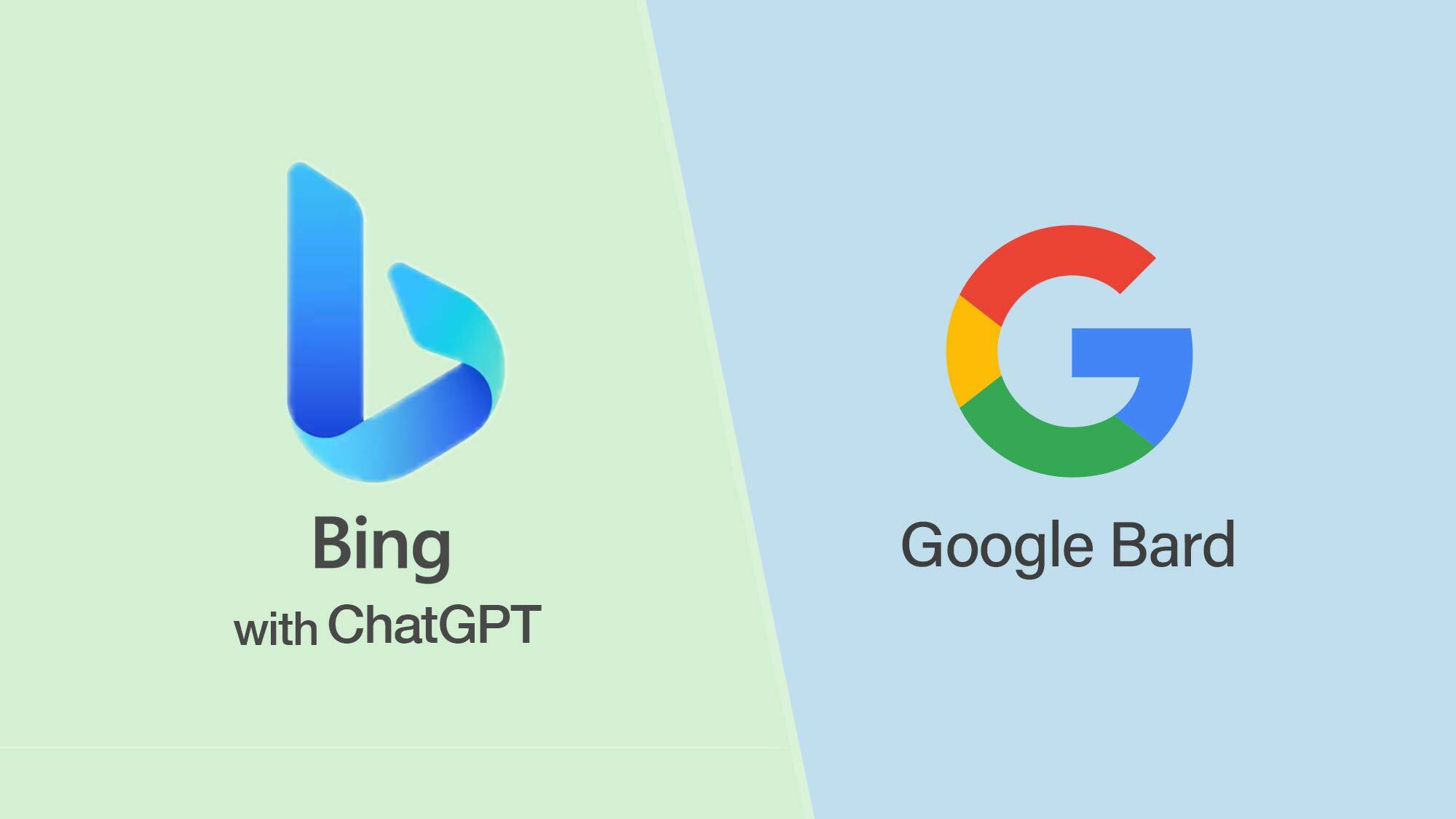When Tech Burnout Hits — It’s OK to Pause
“Sometimes, the most productive thing you can do… is take a walk and close all your tabs.” — Thabo-ism
We don’t talk about it enough, but here it is: burnout is real. Especially in tech.
Between Slack messages, deadline pings, and yet another sprint planning session, it’s easy to feel like we’re always on. But your brain? It wasn’t built for 10 hours of screen time + debugging + meetings + emails — all in one day.
This post isn’t technical. It’s human.
Signs You’re Burnt Out (But Ignoring It)
- You stare at your code but nothing makes sense.
- You “work” for hours but nothing moves forward.
- Every notification feels like an attack.
- You’ve opened and closed VS Code five times in the last 30 minutes.
Yup. Been there.
What Helped Me Reset
- Walks around campus — No headphones. Just thoughts.
- Mindfulness — 10 minutes of guided meditation on YouTube.
- No-code days — I legit take “digital sabbaths.”
- Talking to someone — Even a WhatsApp voice note rant helps.
Burnout ≠ Weakness
In fact, recognizing it is a developer skill. Just like version control, managing your own energy and attention is a career superpower.
You can’t refactor burnout. But you can step back, breathe, and come back stronger.
Final Thabo-ism:
“Code can wait. Your brain can’t. Close the IDE, go touch some grass.”





